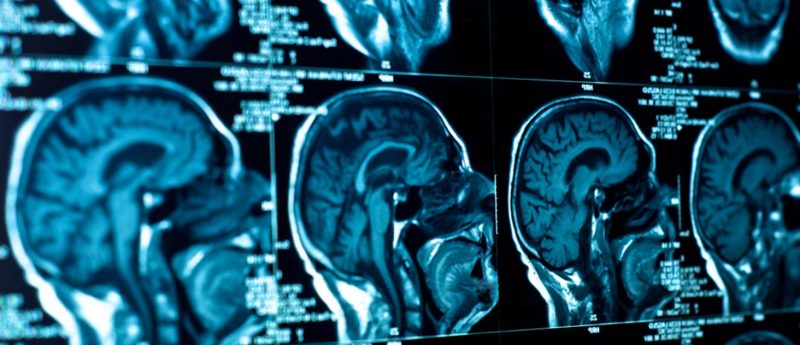Stem cells observed to be safe and effective in chronic stroke patients

Substantial recovery displayed in stroke patients injected with modified mesenchymal stem cells
Injection of modified human stem cells into the brains of chronic stroke patients has been proven to be both safe and effective in restoring motor function in a small clinical trial.
A sample of 18 patients (average age 61) who had suffered their first and only stroke between 6 months and 3 years prior to treatment was selected. In each case, the stroke had occurred beneath the cortex and severely affected motor function.
In this trial, neurosurgeons injected SB623 mesenchymal stem cells derived from donor bone marrow which had been modified for ability to restore neurologic function. No immunosuppressant drugs were administered. During the procedure, patients’ heads were held in fixed positions while a hole was drilled into their skills to allow for injection of SB263 cells into a number of locations at the periphery of the stroke-damaged area.
Following the procedure, patients were monitored via blood tests, clinical evaluations and brain imaging. The implanted stem cells were observed to half short survival times in the brain, with them beginning to disappear about 1 month following the procedure and gone by 2 months. Promisingly, patients demonstrated significant recovery across a number of measures within 1 month and continued to display improvements for several months, sustaining these at 6 and 12 months post-procedure. The researchers have suggested that this finding is due to factors secreted by the mesenchymal cells during their early postoperative presence near the stroke site stimulating lasting regeneration or reactivation of nearby nervous tissue.
The researchers reported no relevant blood abnormalities in patients. Temporary headaches were observed in 78% patients but these were considered to be related to the transplant procedure itself. Several widely used metrics of stroke recovery demonstrated improvement following treatment, notably an overall 11.4-point improvement on the motor-function component of the Fugl—Meyer test was observed. “This wasn’t just, ‘they couldn’t move their thumb, and now they can.’ Patients who were in wheelchairs are walking now,” explained lead researcher Gary Steinberg (Stanford School of Medicine, CA, USA).
“This was just a single trial, and a small one,” cautioned Steinberg. “It was designed primarily to test the procedure’s safety. But patients improved by several standard measures and their improvement was not only statistically significant, but clinically meaningful. Their ability to move around has recovered visibly. That’s unprecedented. At six months out from a stroke, you don’t expect to see any further recovery.” To further this research, a new randomized, double blind multicenter phase-2b trial aiming to enroll 156 chronic stroke patients is now actively recruiting.
Written by Hannah Wilson
Source: Stanford School of Medicine News http://med.stanford.edu/news/all-news/2016/06/stem-cells-shown-safe-beneficial-for-chronic-stroke-patients.html